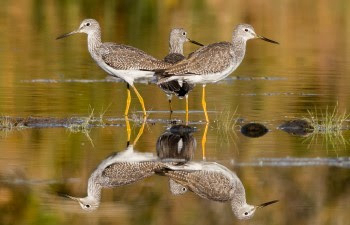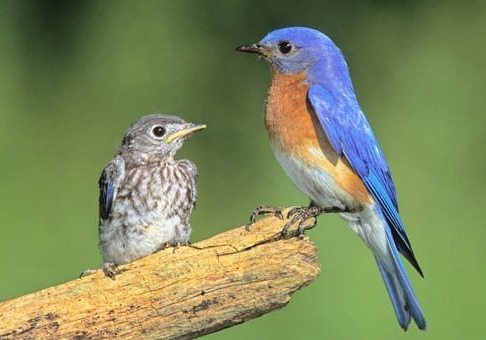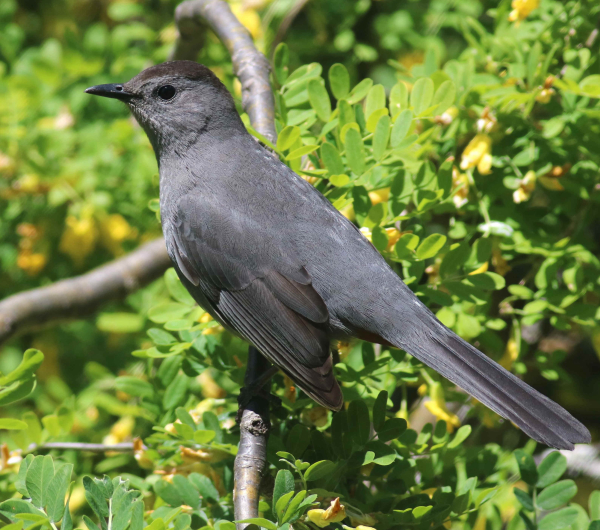Summer’s not over yet, but shorebird migration has begun

Across Michigan, new fledglings have left their nests and are learning what it means to be a bird. Mid-July is also when shorebirds begin their fall journeys, kicking off the migration season.
These early migrants will move through the state’s coastal mudflats, wetlands, beaches and flooded fields into August. Some will fly as far south as the coasts of Chile and Argentina! Michigan’s wetlands provide shorebirds and other migratory birds with water, food and shelter during their long voyages.
Because wetlands are such a valuable resource for migrating birds, many of these birds follow the Great Lakes coastlines on their journeys south. That makes wetlands and lakeshores some of the best habitats for birdwatchers to visit for shorebird migration. Prepare for your next birding trip by keeping a close eye on the weather. Cold fronts and storm events can result in an awe-inspiring migratory movement known as a “fall-out,” where flocks rapidly descend from the sky to seek shelter from detrimental weather. Check your weather regularly or visit BirdCast, a special forecast tool that predicts when birds will be moving near you.
Here are a few Michigan migratory shorebirds to look for over the next month, with tips on how to identify them:
Submit your shorebird observations to eBird and help map these species. MI Birds, a public outreach and engagement program created by Audubon Great Lakes and the DNR, aims to increase all Michiganders’ engagement with public lands important for birds and local communities. Follow them on Facebook, Instagram and Twitter or sign up for email updates. You can find more tips and info at Michigan.gov/Birding. Happy birding! |






